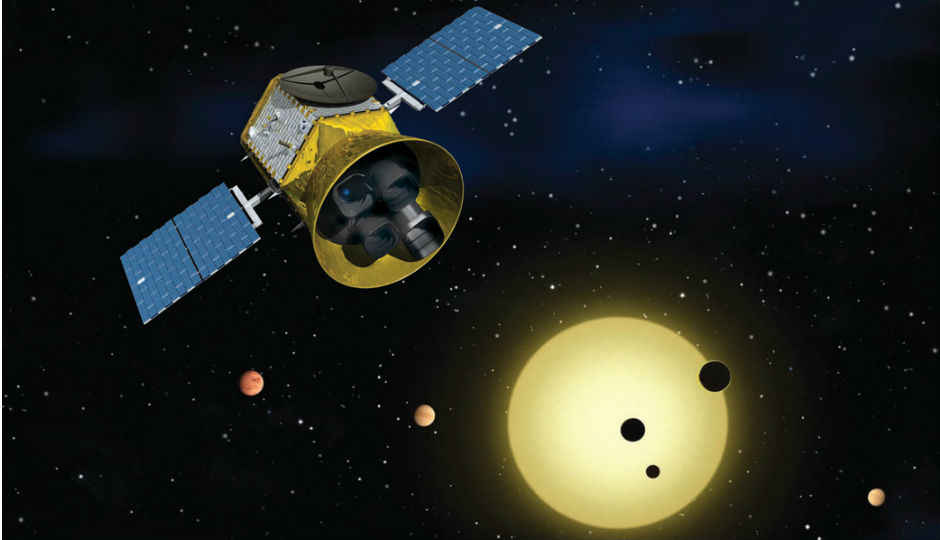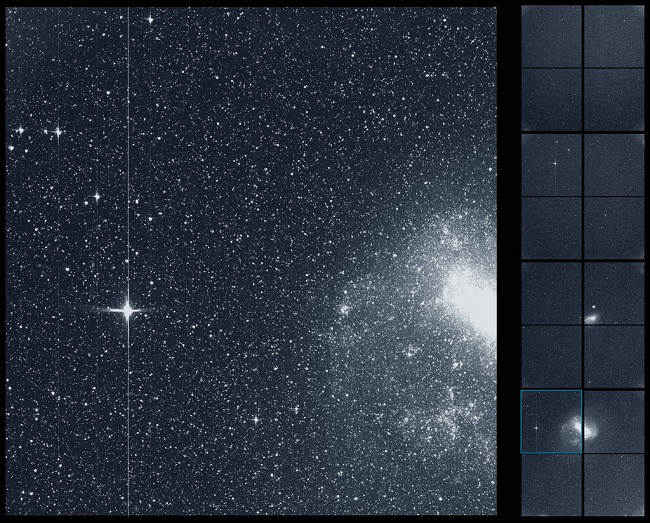NASA’s planet-hunting probe TESS shares first image

NASA’s TESS probe shares “First Light” science image, shows us neighbouring constellations, including Capricornus and Pictor.
NASA’s latest planet hunter, the Transiting Exoplanet Survey Satellite (TESS), has shared the first science image that it captured as part of its first round of data collection, says NASA in a news page of its Exoplanet Exploration Program. The “first light” science image includes a plethora of stars and other objects. It also includes systems previously known to contain exoplanets.
“In a sea of stars brimming with new worlds, TESS is casting a wide net and will haul in a bounty of promising planets for further study,” commented Paul Hertz, Director of the astrophysics division at NASA Headquarters in Washington. “This first light science image shows the capabilities of TESS’ cameras, and shows that the mission will realize its incredible potential in our search for another Earth,” he added.
According to NASA, the image was captured by TESS using all four cameras within a 30-minute capturing window on August 7. The black lines you see in the image are gaps between the camera detectors. The images captured parts of twelve constellations, including Capricornus and Pictor, and both the Small and Large Magellanic Clouds, the galaxies closest to ours. The small but bright dot above the Small Magellanic Cloud is a globular cluster, which is essentially a spherical collections of hundreds of thousands of stars, called NGC 104.
The globular cluster is otherwise known as 47 Tucanae because of its location in the southern constellation Toucana, the Toucan, explains NASA. Two of the stars, Beta Gruis and R Doradus, burn so bright that they saturate an entire column of pixels on the detectors of the second and fourth cameras of TESS, forming long spikes of light.
TESS’ cameras were designed and built by MIT’s Lincoln Laboratory in Lexington, Massachusetts, and the MIT Kavli Institute to monitor large swaths of the sky and look for transits. According to NASA, transits take place when a planet passes in front of its star. When viewed from a satellite’s perspective, a dip in the star’s brightness is observed.
TESS builds on the legacy of the American space agency’s Kepler spacecraft, which also uses transits to find new exoplanets in space. The exoplanets targeted by TESS are 30 to 300 light-years away and about 30 to 100 times brighter than Kepler’s targets, which are 300 to 3,000 light-years away.
Digit NewsDesk
Digit News Desk writes news stories across a range of topics. Getting you news updates on the latest in the world of tech. View Full Profile





